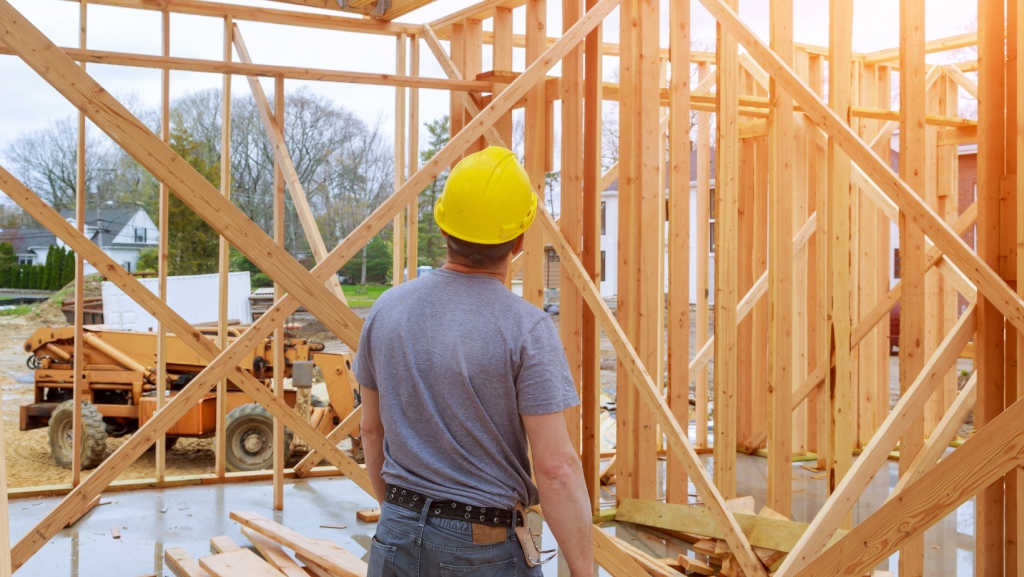By Matt Ouren, Stakeholder Engagement Manager & Tom Agger, Clean Buildings Manager
2009 called… it wants its building codes back.
Wisconsin’s current residential building codes are based on standards originally written in 2009, a time when Brett Farve was a Viking, Taylor Swift was still singing country music, and Matt Ouren (see photo) was frantically searching for a date to the middle school dance. A lot has changed since then, but the state’s building codes are virtually the same.
Building codes might seem like dense technical documents relevant only to builders and developers, but these codes have a major impact on the environment, the health of Wisconsinites, and the cost of living in the state.
Building codes set energy efficiency standards for homes and commercial buildings, which include requirements for the airtightness of windows and doors, the effectiveness of insulation, the efficiency of home appliances, and heating and cooling systems. According to RMI, a nonprofit specializing in clean energy research and action, 55% of Wisconsin’s energy-related carbon emissions come from buildings. The Department of Energy estimates that updating Wisconsin’s residential and commercial codes (which are based on 2015 standards) would reduce CO2 emissions by almost 9 million metric tons over 30 years.
New building codes would also mean significant energy cost savings for Wisconsinites. According to the Department of Energy, following the newest international code standards could lead to slightly increased upfront costs for building a new home, but would also lead to an average reduction of $651 in annual energy bills. This would amount to $12,000 in net savings over 30 years. This is especially important for low-income and BIPOC households that face significant energy burdens, a term used to describe the percentage of a household’s income that goes towards energy bills.

Updating commercial and residential building codes in Wisconsin would improve public health by reducing emissions of hazardous pollutants such as nitrous oxide and sulfur oxide from power plants and home heating systems. These pollutants are linked with heart disease, lung disease and premature death. A national cost effectiveness analysis from Pacific Northwest National Laboratory shows that aligning Wisconsin’s building codes with current international standards is expected to collectively reduce those emissions by tens of thousands of metric tons over 30 years.
While our state policies are commonly compared to neighboring states, when it comes to building codes, our codes are among the most outdated in the country. We are not only trailing our neighbors, but also trailing deeply conservative states. States like Idaho, Alabama, Utah, and West Virginia have more energy efficient residential building codes than Wisconsin, which means their residents get to enjoy the cost savings, health benefits and increased comfort that comes with better buildings. Currently Wisconsinites are missing out on these benefits.
Clean Wisconsin is working with several other organizations to improve building codes and other building policies in the state. This is essential work, because when it comes to building codes, many of our neighboring states have graduated to modern codes and we’re still stuck in 2009 searching for a date to the middle school dance.

